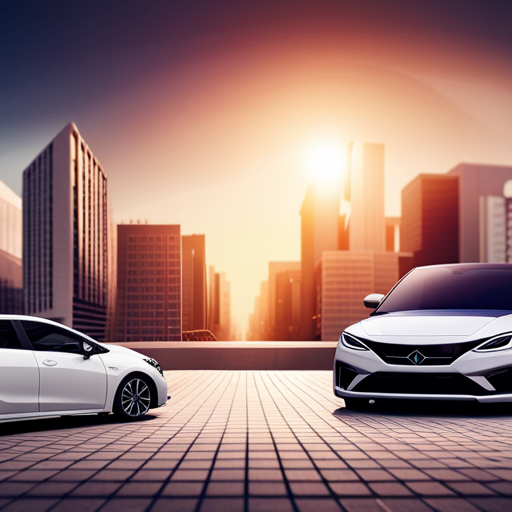In the ever-evolving automotive industry, subcompact hatchbacks have become increasingly popular due to their compact size, affordability, and fuel efficiency.
As we move towards a future that prioritizes sustainability and environmental consciousness, the question arises: what is the best powertrain option for these small yet versatile vehicles?
This article aims to explore the future of subcompact hatchbacks by comparing two promising technologies: electric and hybrid.
By examining their advantages and disadvantages, as well as considering the role of hybrid technology in this context, we can gain valuable insights into which direction the industry may take.
Whether it be fully electric or a combination of electric and traditional combustion engines, understanding these options will empower consumers to make informed decisions about their next vehicle purchase.
Join us on this journey to discover how subcompact hatchbacks can contribute to a greener future while still providing practicality and style.
Key Takeaways
- Subcompact hatchbacks are popular due to their compact size, affordability, and fuel efficiency.
- Electric subcompact hatchbacks offer high efficiency, zero emissions, and lower operating costs compared to gasoline vehicles.
- Limited charging infrastructure can lead to range anxiety for drivers of electric subcompact hatchbacks.
– Hybrid technology provides a compromise between electric and traditional powertrains, offering improved fuel economy and lower emissions.
Advantages and Disadvantages of Electric Subcompact Hatchbacks
The advantages and disadvantages of electric subcompact hatchbacks merit careful consideration in order to make an informed decision about their suitability for future transportation needs.
Electric hatchbacks offer high efficiency, producing zero emissions and lower operating costs compared to traditional gasoline vehicles.
However, a major drawback is the limited charging infrastructure, which can lead to range anxiety for drivers.
Despite this challenge, the role of hybrid technology in the future of subcompact hatchbacks also deserves examination.
The Role of Hybrid Technology in the Future of Subcompact Hatchbacks
Hybrid technology plays a significant role in shaping the trajectory of subcompact hatchbacks. It provides an environmentally-friendly alternative that combines efficiency and reduced emissions. As the future of subcompact hatchbacks is debated between electric and hybrid options, it is important to recognize the impact of electric subcompact hatchbacks on the environment.
Hybrid technology offers a compromise by utilizing both an internal combustion engine and an electric motor. It offers improved fuel economy and lower emissions compared to traditional gasoline-powered vehicles.
Conclusion
In conclusion, the future of subcompact hatchbacks lies in the realm of electric and hybrid technology. Electric subcompact hatchbacks offer numerous advantages such as zero emissions, lower operating costs, and increased efficiency. However, they also face challenges like limited range and longer charging times.
On the other hand, hybrid subcompact hatchbacks combine the benefits of both electric and traditional combustion engines, providing a viable solution for those who seek a balance between sustainability and convenience.
As we move forward, it is essential to prioritize research and development in both electric and hybrid technologies to pave the way for a greener automotive industry.

